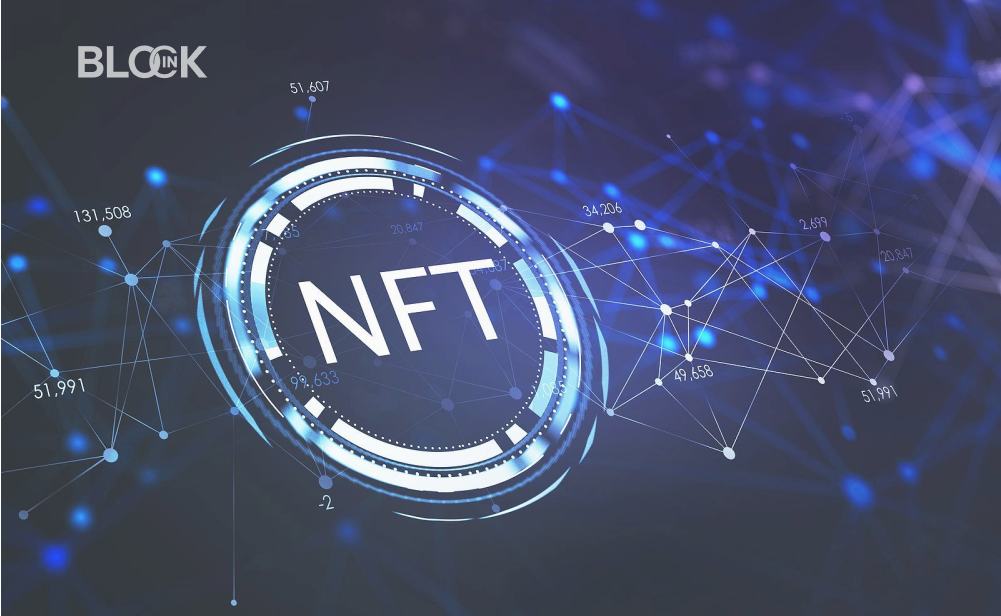
Nansen, a blockchain data analytics platform, released its quarterly study on nonfungible tokens, or NFTs, on Tuesday. The analysis emphasized this year’s NFT market’s outperformance of the cryptocurrency market, predicting a market valuation of $80 million by 2025.
Nansen has reportedly published six NFT indices measured by market capitalization denominated in Ether (ETH): Nansen NFT-500, Nansen Blue Chip-10, Nansen Social-100, Nansen Gaming-50, Nansen Art-20, and Nansen Metaverse-20.
The NFT market continues to beat the cryptocurrency market year-to-date, according to the Nansen 2022 Quarterly NFT Report, with a 103.7 percent return when denominated in ETH and an 82.1 percent return when denominated in USD. Despite a slump in global markets across most asset classes at the end of February 2022, the NFT-500 rose 5.9% in March over the previous 30 days.
NFTs have “proved to resonate with retail investors over the past year,” according to Louisa Choe, research analyst at Nansen, notably in Q1 of 2022, and only time will tell which industries become the market’s main push as artists, producers, and builders are increasingly innovative.
As the fluctuation of each of these sectors varies based on the research, Blue Chip NFTs are the least volatile based on its market cap. Blue Chip has been assigned to some of the biggest collections in OpenSea such as Azuki, Clone X, and Doodles. This is most likely due to their growing popularity in the crypto world and the fact that they can be considered strong long-term investments due to their track record of development and value.
The analysis, however, identifies Metaverse and Art NFTs as the most fluctuational segments of the NFT market. The Metaverse portion includes land and real-estate NFTs, as well as avatar and utility NFTs, according to Nansen. Regarding price evaluation, especially of virtual land in Decentraland or The Sandbox, can be challenging.
The subjective aspect of value perception, as well as art’s somewhat illiquid character, contribute to its volatility when it comes to art NFTs. The most popular component of art NFTs overall, according to Nansen, is generative art, and the majority of metaverse and art market players are “speculators.”
The Nansen indicators also hint to a slowing of the gaming ecosystem’s overall expansion. When compared to other NFT sectors, the Gaming-50 index has seen the highest drop in performance year-to-date, with Play-to-Earn, or P2E, NFTs and Role Playing Game, or RPG, NFTs accounting for the majority of the drop. Traditional gamers have been cautious to adopt NFTs and, as in the instance of Good Luck Games, are not afraid to express their opinions.

Comments